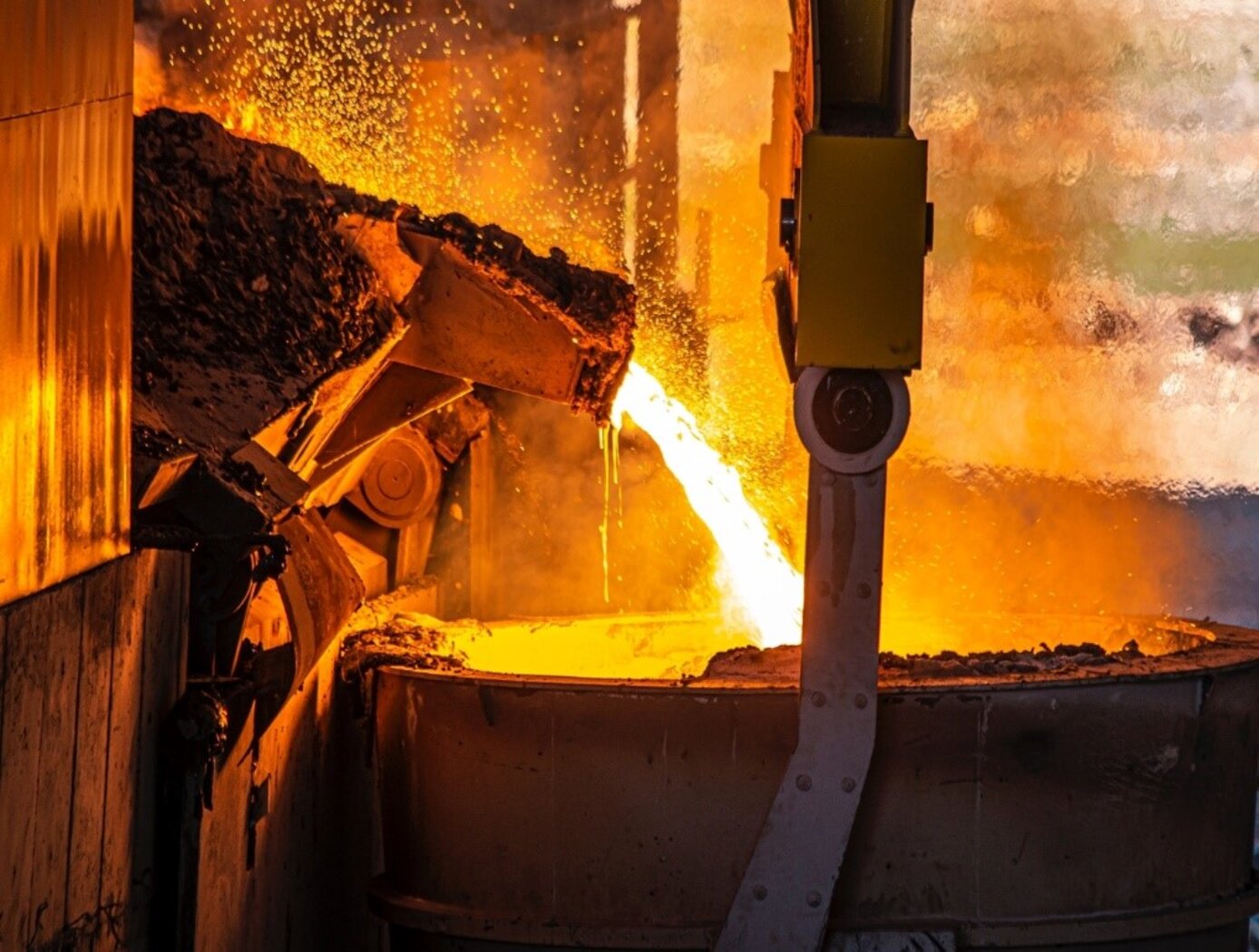Search
Optics

Thermally-Adaptive Solid State Laser Crystal Mount
NASA’s laser mount technology introduces a unique flexible crystal mount to accommodate the dynamics of thermal expansion to eliminate unsymmetrical thermally induced mechanical stresses on the crystal. In addition, while the mount accommodates thermal expansion, it also offers fixed placement of the crystal to maintain alignment and provides continuous and uniform surface contact between the mount and crystal for rapid dissipation of heat. The mount is compatible with any heat sink reservoir.
The mount design allows unrestrained thermal expansion of the crystal in two dimensions (i.e. a- and c- axes) because of the design shown in the figure below.
The L-shape blocks also deliver cooling to the crystal by providing a path to the heat sink reservoir. The L-shape blocks are manufactured with a high thermal conductivity material such as copper. A softer material with high thermal conductivity such as indium is used to buffer the interface between the crystal and the L-shape blocks surfaces. A coolant medium acts to transfer the heat from the crystal to the cooled mount. Cooling can be provided in different ways – for example by water or by heat pipes with radiator (for use in space). The springs used to hold the laser crystal also provide the adjustment method to align the beam, and once aligned, the crystal mount is very stable.
The related patent is now available to license. Please note that NASA does not manufacture products itself for commercial sale.
Communications

Integrated-Photonic Electromagnetic Signal Detector
NASA’s ESD is a small form-factor electromagnetic signal detector fabricated on a photonic crystal substrate (e.g., silicon-on-insulator wafer, III-V platform). It integrates a (1) miniature on-chip antenna (e.g., microstrip antenna) aligned to the desired operational frequency, (2) 2-D photonic crystal, and (3) electro-optic polymer (located on the photonic crystal).
At the heart of the detector is the 2D photonic crystal. Using an array of carefully sized pores or “nano-cavities,” a waveguide is formed that governs the crystal’s optical transmission properties. An electro-optic polymer (a material that shifts its refractive index in response to external electric fields) is used to coat the photonic crystal. The combination of the 2D photonic crystal and EO polymer make up the resonator.
A compact antenna with separate active feed and ground regions is placed near the photonic crystal, creating a gap through which the electromagnetic signal couples to the photonic crystal structure. Under normal conditions (no external signal), the EO polymer’s refractive index remains unchanged, producing a stable resonant notch in the device’s optical transmission. When the antenna intercepts an electromagnetic wave, the resulting electric field modifies the EO polymer’s refractive index, causing a measurable shift in the resonator’s optical output. By monitoring this shift, a photodetector can accurately determine the presence and magnitude of the incoming electromagnetic wave.
NASA’s low SWaP-C, high precision ESD can be adapted for use in a variety of systems including remote sensing instruments (e.g., radiometers, spectrometers), transceivers for 5G communications networks, and other electromagnetic signal detection applications. The invention is available for patent licensing.
Sensors

Multi-Spectral Imaging Pyrometer
This NASA technology transforms a conventional infrared (IR) imaging system into a multi-wavelength imaging pyrometer using a tunable optical filter. The actively tunable optical filter is based on an exotic phase-change material (PCM) which exhibits a large reversible refractive index shift through an applied energetic stimulus. This change is non-volatile, and no additional energy is required to maintain its state once set. The filter is placed between the scene and the imaging sensor and switched between user selected center-wavelengths to create a series of single-wavelength, monochromatic, two-dimensional images. At the pixel level, the intensity values of these monochromatic images represent the wavelength-dependent, blackbody energy emitted by the object due to its temperature. Ratioing the measured spectral irradiance for each wavelength yields emissivity-independent temperature data at each pixel. The filter’s Center Wavelength (CWL) and Full Width Half Maximum (FWHM), which are related to the quality factor (Q) of the filter, are actively tunable on the order of nanoseconds-microseconds (GHz-MHz). This behavior is electronically controlled and can be operated time-sequentially (on a nanosecond time scale) in the control electronics, a capability not possible with conventional optical filtering technologies.



